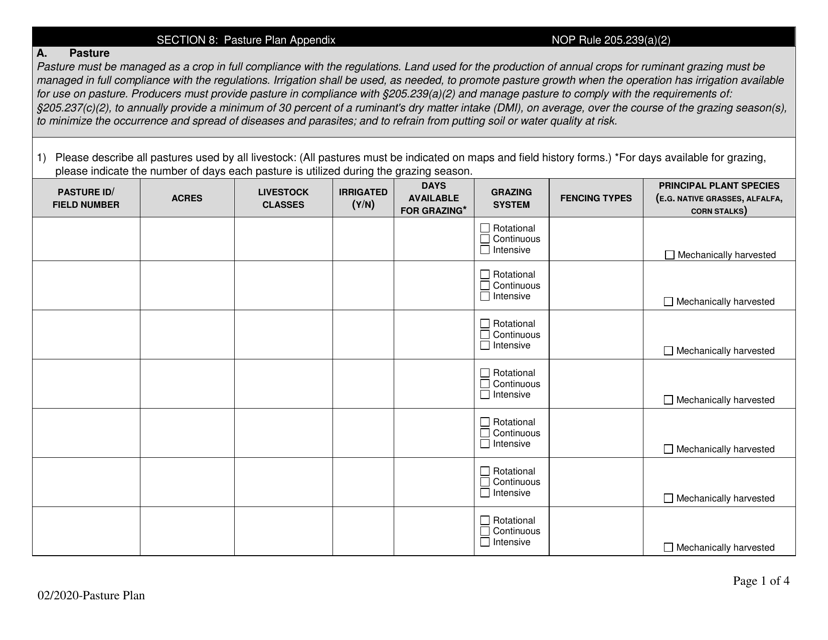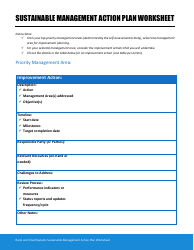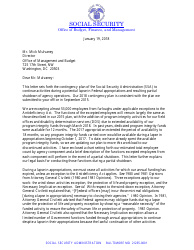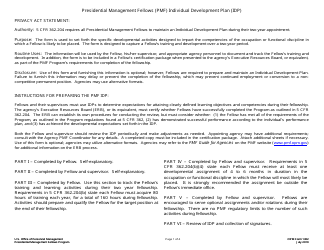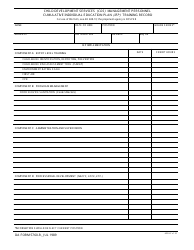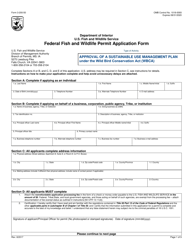Pasture Management & Grazing Plan - Idaho
Pasture Management & Grazing Plan is a legal document that was released by the Idaho Department of Agriculture - a government authority operating within Idaho.
FAQ
Q: What is pasture management?
A: Pasture management is the practice of properly caring for and maintaining a grazing area for livestock.
Q: Why is pasture management important?
A: Pasture management is important for optimizing forage production, maintaining soil health, and providing a healthy grazing environment for livestock.
Q: What is a grazing plan?
A: A grazing plan is a strategy for managing the grazing of livestock in a pasture, taking into consideration factors such as stocking rates, timing, and rotation.
Q: Why is a grazing plan important?
A: A grazing plan helps ensure the sustainable use of pasture resources, prevents overgrazing, and promotes healthy pasture growth.
Q: What are some key components of a grazing plan?
A: Key components of a grazing plan include determining the appropriate stocking rates, establishing a rotational grazing system, monitoring forage growth, and maintaining pasture health.
Q: What are some benefits of rotational grazing?
A: Rotational grazing promotes more even forage utilization, allows for rest and recovery of pastures, improves soil health, and reduces parasite and weed infestations.
Q: How can I improve pasture soil health?
A: Improving pasture soil health can be achieved through practices such as proper fertilization, pH balancing, organic matter incorporation, and rotational grazing.
Q: Are there any government programs to support pasture management?
A: Yes, there are government programs like the Environmental Quality Incentives Program (EQIP) that provide financial and technical assistance to farmers for implementing pasture management practices.
Form Details:
- Released on February 1, 2020;
- The latest edition currently provided by the Idaho Department of Agriculture;
- Ready to use and print;
- Easy to customize;
- Compatible with most PDF-viewing applications;
- Fill out the form in our online filing application.
Download a printable version of the form by clicking the link below or browse more documents and templates provided by the Idaho Department of Agriculture.
